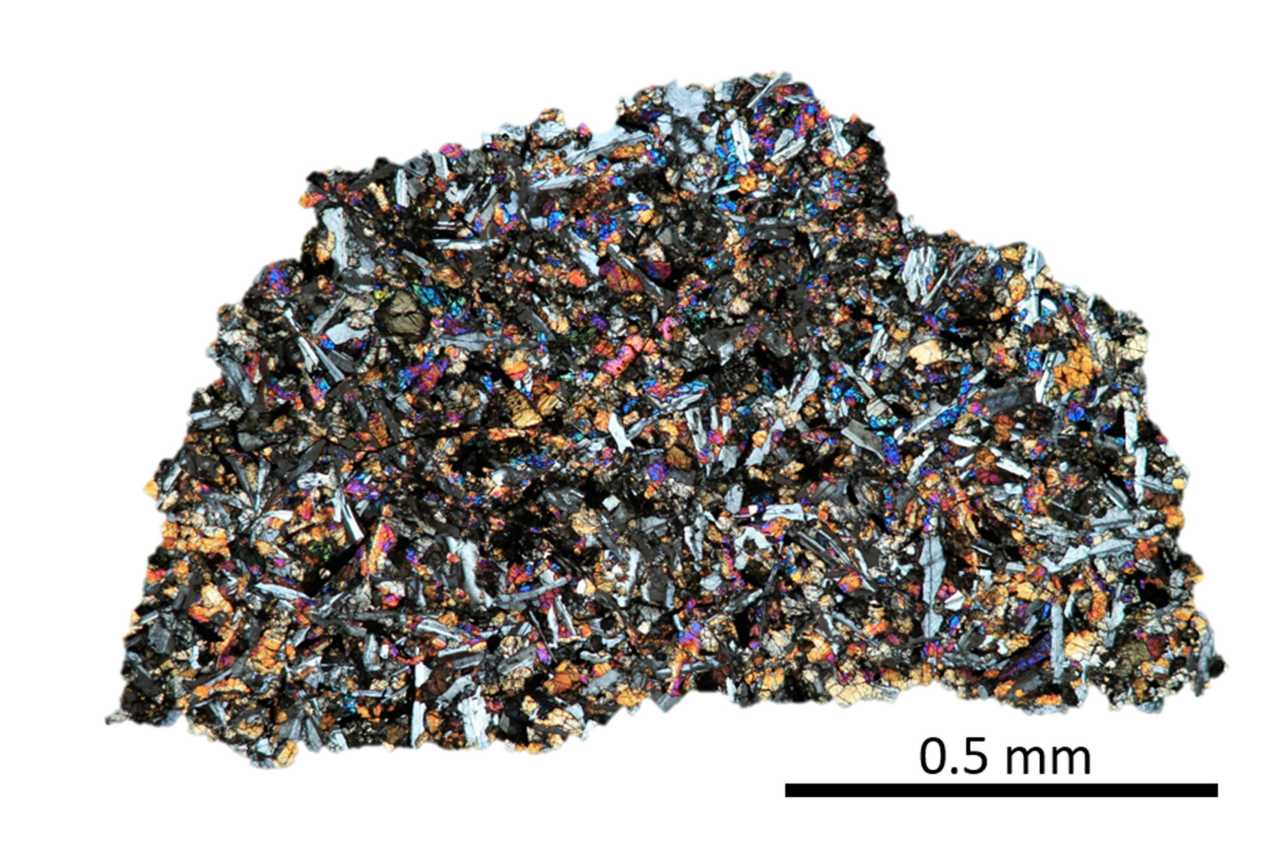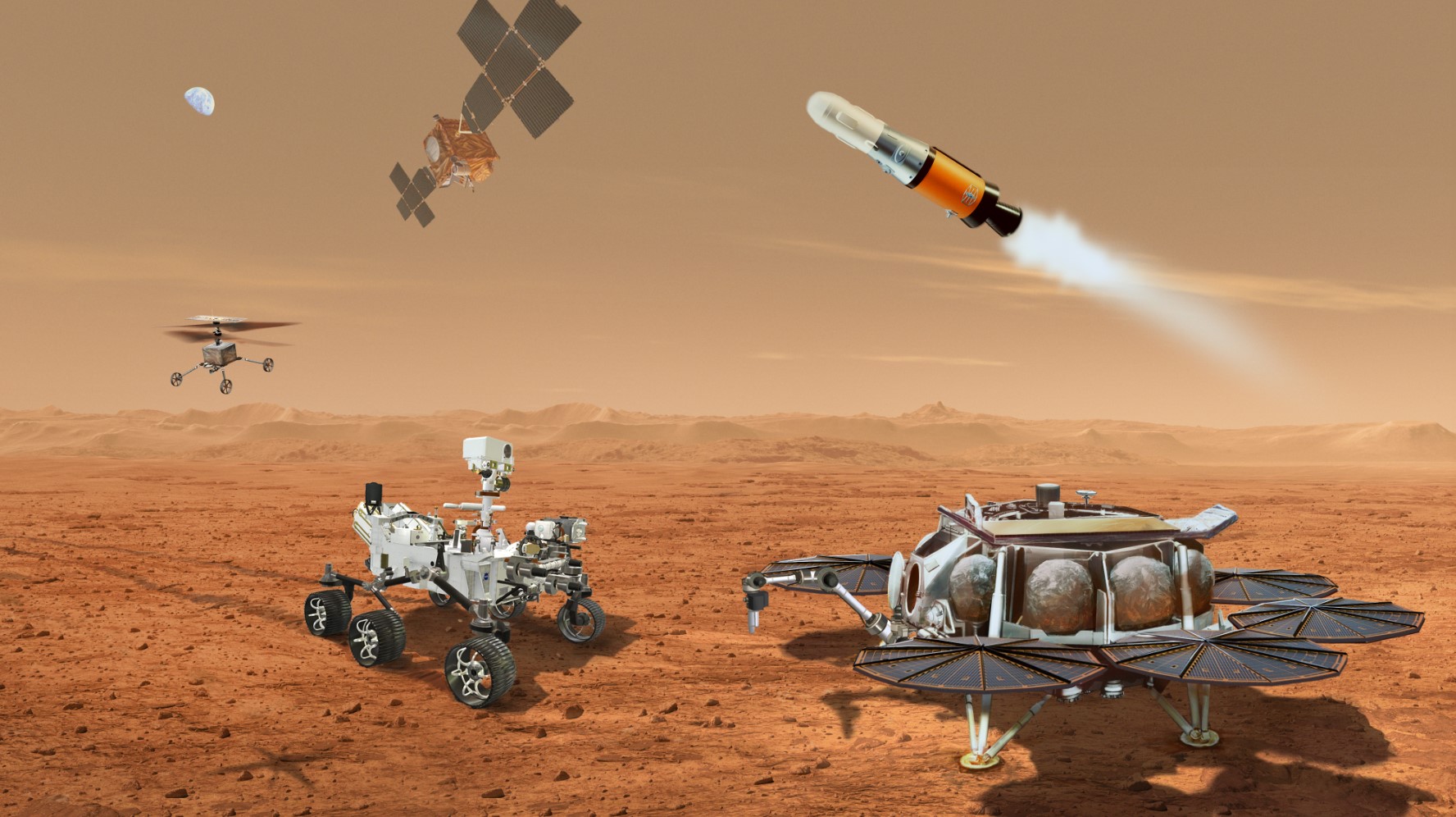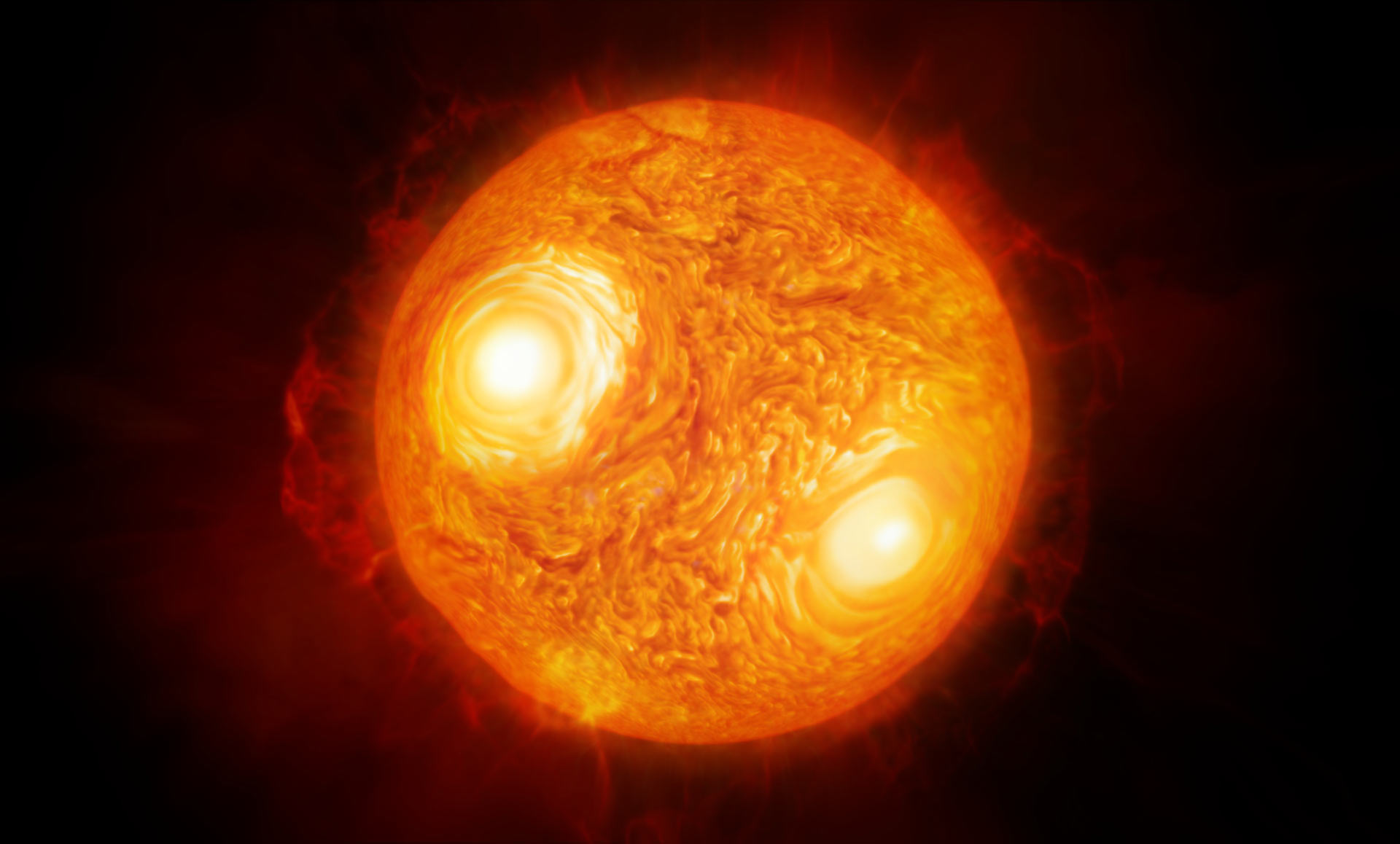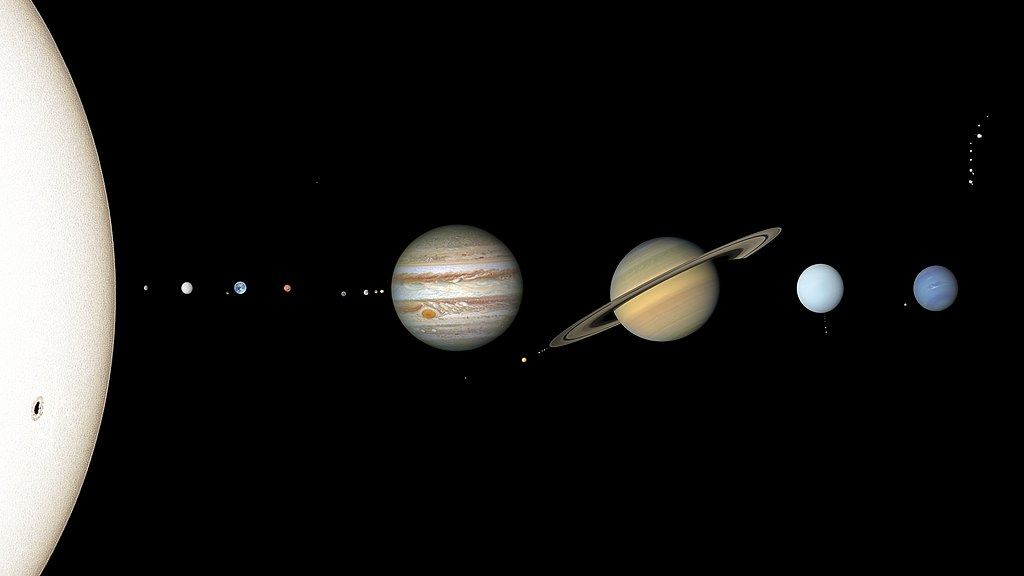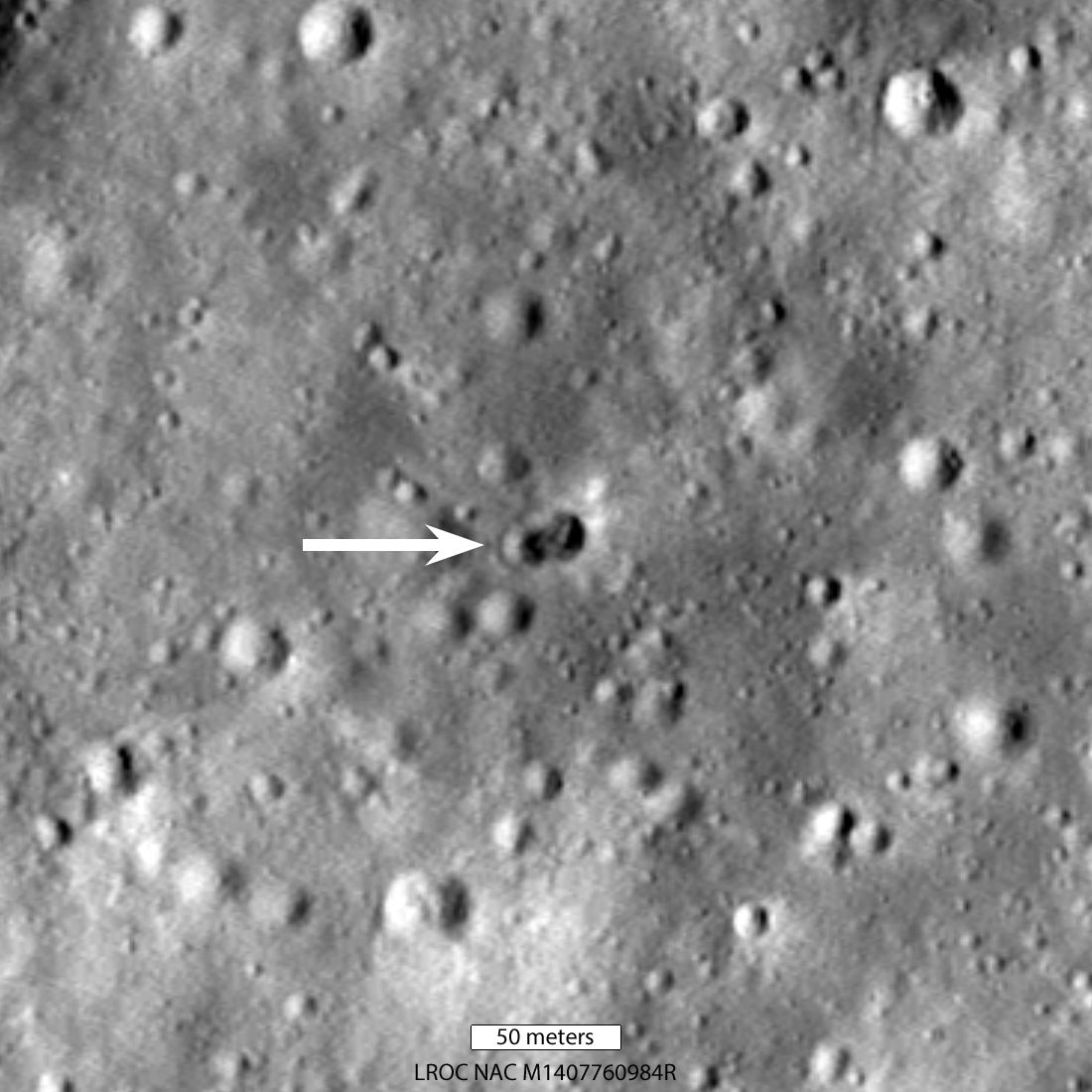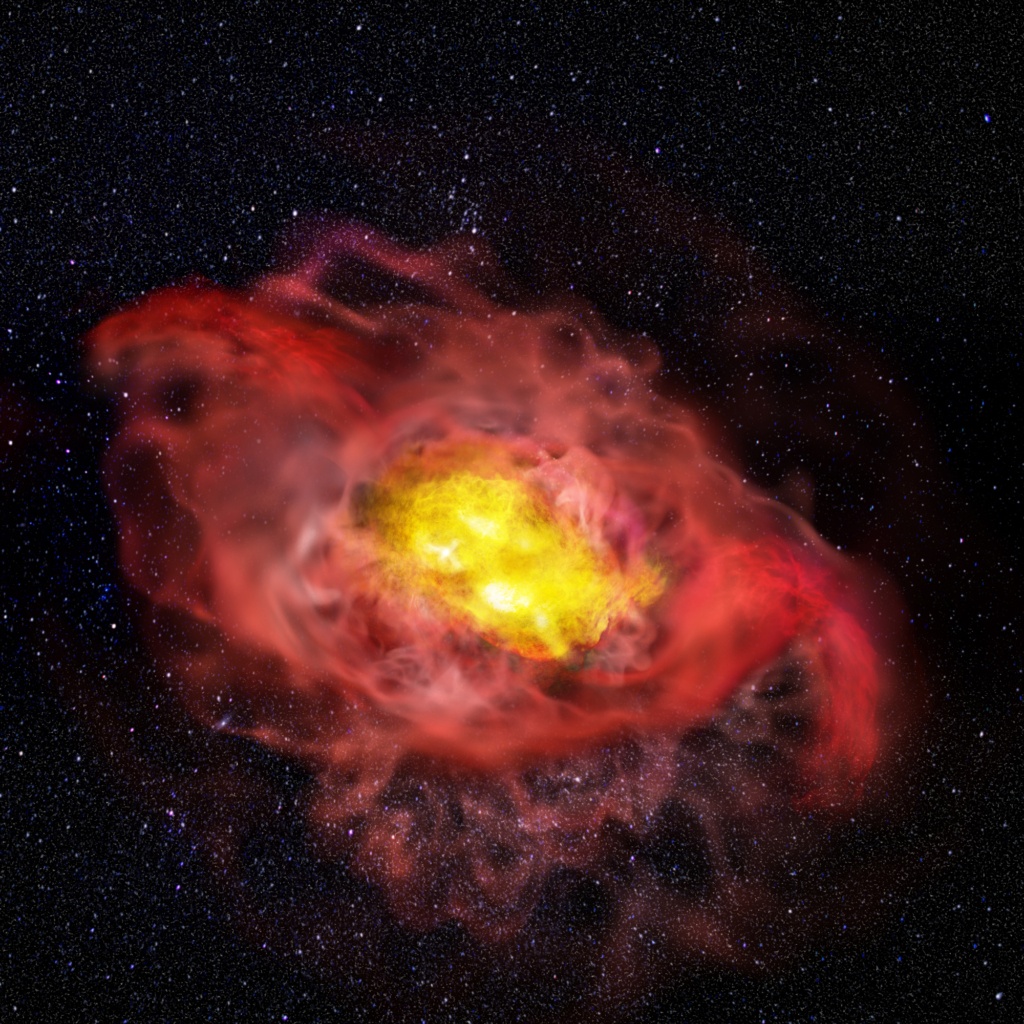Mark Watney can keep his potatoes. Real astronauts should grow alfalfa.
Continue reading “The First Crops on Mars Should be Alfalfa and Cyanobacteria. Then Comes Tastier Plants”Lunar Rocks Have Earth's Noble Gases Trapped Inside. More Evidence That the Moon Came From the Earth
Piecing together the history of the Solar System from the traces left behind isn’t easy. Bit by bit, however, we’re working it out. This month, new research examining the composition of lunar meteorites offers compelling evidence that the Moon and the Earth were formed from the same material, perhaps in the aftermath of a cataclysmic collision some 4.5 billion years ago.
Continue reading “Lunar Rocks Have Earth's Noble Gases Trapped Inside. More Evidence That the Moon Came From the Earth”An Interstellar Meteor Struck the Earth in 2014, and now Scientists Want to Search for it at the Bottom of the Ocean
Back in 2014, an object crashed into the ocean just off the coast of Papua New Guinea. Data collected at the time indicated that the meteorite just might be an interstellar object, and if that’s true, then it’s only the third such object known (after Oumuamua and Borisov), and the first known to exist on Earth. Launching an undersea expedition to find it would be a long shot, but the scientific payoff could be enormous.
Continue reading “An Interstellar Meteor Struck the Earth in 2014, and now Scientists Want to Search for it at the Bottom of the Ocean”The Mars Sample Return Mission Will Take Two Helicopters to the Red Planet to Help Retrieve Samples
NASA’s upcoming Mars Sample Return mission plan just received a glow-up: it will now carry a pair of twin helicopters, each capable of retrieving samples and delivering them to the ascent vehicle for return to Earth.
Continue reading “The Mars Sample Return Mission Will Take Two Helicopters to the Red Planet to Help Retrieve Samples”Betelgeuse and Antares Have Been Observed for Over 2,000 Years. Astronomers can use This to Figure out how old They are
Stars don’t usually evolve fast enough for humans to notice them change within one lifetime. Even a hundred lifetimes won’t do – astronomical processes are just too slow. But not always. There are some phases of stellar evolution that happen quickly, and when they do, they can be tracked. A new paper posted to ArXiv last week uses astronomical observations found in ancient Roman texts, medieval astronomical logs, and manuscripts from China’s Han Dynasty to trace the recent evolution of several bright stars, including red supergiant Antares, and Betelgeuse: one of the most dynamic stars in our sky. With observations from across the historical record, the paper suggests that Betelgeuse may have just recently passed through the ‘Hertzsprung gap,’ the transitional phase between a main sequence star and its current classification as a red supergiant.
Continue reading “Betelgeuse and Antares Have Been Observed for Over 2,000 Years. Astronomers can use This to Figure out how old They are”The Solar System is Stable for at Least the Next 100,000 Years
It’s nice to have a feel-good story every once in a while, so here’s one to hold off the existential dread: the Earth isn’t likely to get flung off into deep space for at least 100,000 years. In fact, all of the Solar System’s planets are safe for that time frame, so there is good news all around, for you and your favorite planetary body.
Continue reading “The Solar System is Stable for at Least the Next 100,000 Years”Remember That Rocket That was Going to Crash Into the Moon? Scientists Think They've Found the Crater
The Lunar Reconnaissance Orbiter (LRO) – NASA’s eye-in-the-sky in orbit around the Moon – has found the crash site of the mystery rocket booster that slammed into the far side of the Moon back on March 4th, 2022. The LRO images, taken May 25th, revealed not just a single crater, but a double crater formed by the rocket’s impact, posing a new mystery for astronomers to unravel.
Continue reading “Remember That Rocket That was Going to Crash Into the Moon? Scientists Think They've Found the Crater”Once Again, Galaxies Look Surprisingly Mature Shortly After the Beginning of the Universe
A young galaxy with the catchy, roll-off-the-tongue name A1689-zD1 has experts in galactic formation talking. Recent observations show that this galaxy, seen as it would have looked just 700 million years after the Big Bang, is larger than initially believed, with significant outflows of hot gas from its core, and a halo of cold gas emanating from its outer rim. A1689-zD1 is considered representative of young ‘normal’ galaxies (as opposed to ‘massive’ galaxies), and the new observations suggest that the adolescence of normal galaxies may be more rambunctious than previous models suggest.
Continue reading “Once Again, Galaxies Look Surprisingly Mature Shortly After the Beginning of the Universe”Spacesuits are Leaking Water and NASA is Holding off any Spacewalks Until They can Solve the Problem
NASA’s spacesuits are getting old. The extra-vehicular mobility units – EMUs for short – were designed and built for spacewalks outside NASA’s space shuttles, which flew for the last time in 2011. Nowadays, the EMUs are an integral part of maintaining and upgrading the International Space Station (ISS) exterior, providing the crew with the ability to live and work in the vacuum of space for extended periods of time (spacewalks regularly last from 6 to 8 hours). However, at the end of the most recent spacewalk on March 23, NASA astronaut Kayla Barron discovered water in the helmet of German astronaut Matthias Maurer while she helped him remove the suit.
Continue reading “Spacesuits are Leaking Water and NASA is Holding off any Spacewalks Until They can Solve the Problem”Cosmic Rays can Help Keep the World's Clocks in Sync
The world has a robust, accurate timekeeping system that regulates our clocks. Humanity uses it for everything we do, from our financial systems to satellite navigation, computer and phone networks, and GPS. But the current system is not perfect, and has vulnerabilities to cyber-attack and disruption. Given the importance of accurate timekeeping to our society (as a fundamental underpinning of life in the 21st century), experts are always looking for ways to improve the system and add redundancy. Researchers at the University of Tokyo have taken a big step in this direction, developing a new method of time synchronization that takes advantage of cosmic rays to calibrate the world’s clocks.
Continue reading “Cosmic Rays can Help Keep the World's Clocks in Sync”

